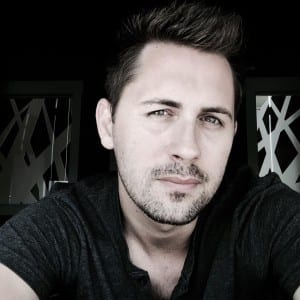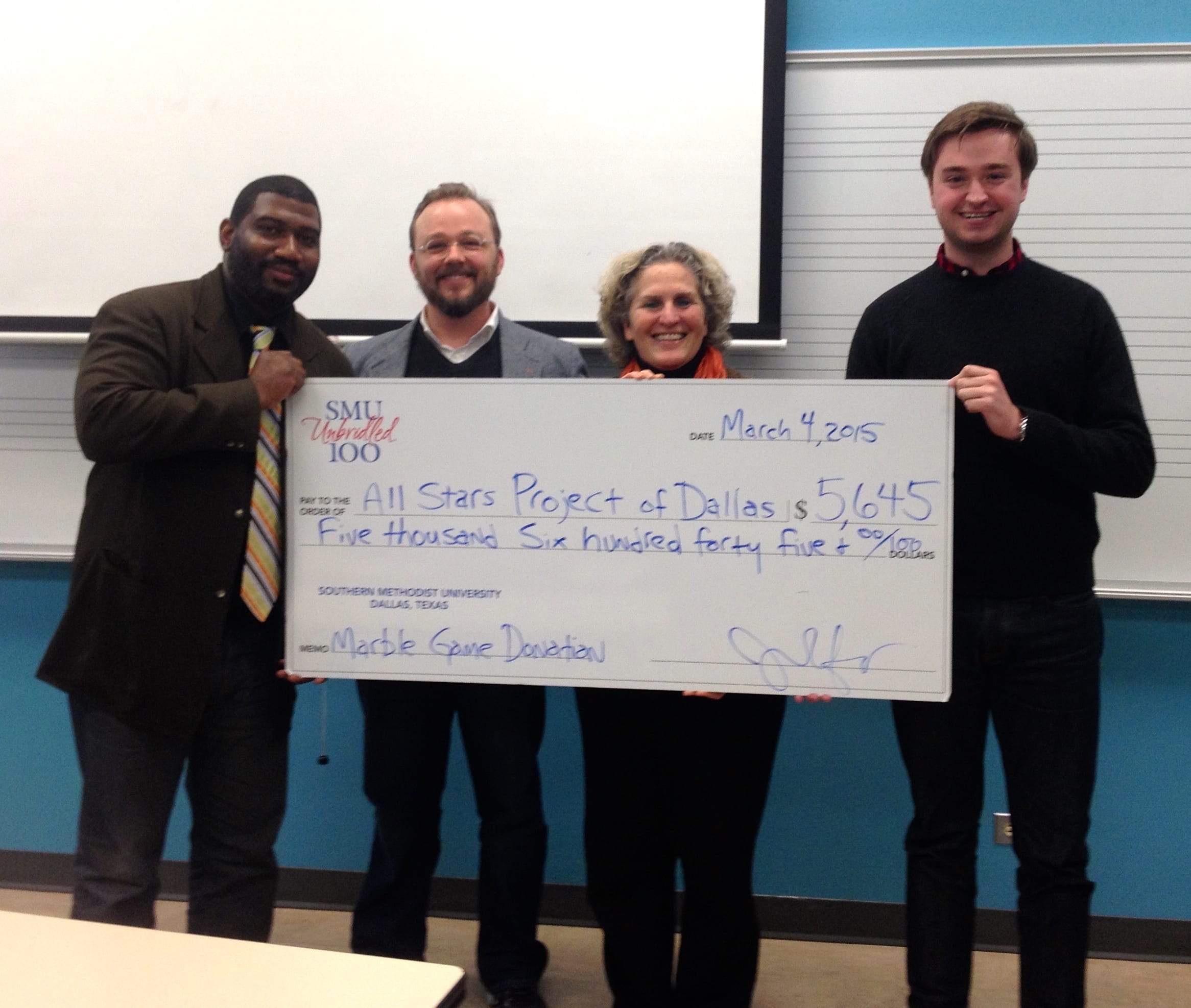Gail Niebrugge- Alaskan Artist, painter 
- In your process of entrepreneurship can you describe significant obstacles you have faced and how you overcame them?
One – selling enough to make a living. So, I started publishing limited edition prints. I made more then. I don’t think it would work today, but that was twenty years ago. We were just starting and the whole idea in the industry was just beginning. People bought them like crazy and we made a lot of money. Today you can hardly sell anything that way because the market is flooded. That worked for me. Two – exposing my work to the general public because most people don’t go to the art galleries, so I started setting up booths at events: Sullivan Arena, the state fair and things like that and sold my own work and met the public that way. And then three – I had back and neck injuries and I needed six weeks of bed rest. My husband set up an overhead easel and I painted lying on my back. That’s how the pointillism started.
- Were there any moments in your entrepreneurial process when you considered giving up, or were there moments when there seemed to be no light?
Yes. Especially during the seventeen years I lived along the Copper River in Alaska, 250 miles from Anchorage.
We moved there from San Diego because my husband was helping a friend run his general store because the pipeline was just being built and they were just mobbed. He couldn’t get help.
[Copper River was] seventy below zero in the winter sometimes. Coming from San Diego, I didn’t even own a pair socks. It was a challenge, a big challenge, but we built a home there. We made it very well insulated and comfortable. I had room for a studio. Once we were settled there, my husband bought a business so he could make a living. He bought the Glennallen Tastee-Freeze. He didn’t know anything about running a business at all because he was an aerospace engineer. So after we got over all those hurdles and figured out how to do all that stuff, it wasn’t too bad.
- Through all of this what role has change played in your process, if any? How have you changed?
I had to adapt my style during my six weeks lying on my back. That’s when I began just using short strokes so I didn’t have to move my arm, which was later coined as pointillism by ‘all the people in the know’. (laughter)
Besides changing your art style after the accident, have you found that you have also changed over time as a person through your art?
No. Because I never did anything but my art. My first job was with my art as illustrator for the military down in San Diego. Actually, the part that was good was when I moved to Copper Center. I could paint whatever I wanted and didn’t have to paint what other people wanted. I have always worked as an artist and have never known any other way.
- What key take away or knowledge have you gained as a result of your experience?
Well, never give up and always pursue the things that you love!
For you, as you said, it was slow in coming for the longest time and takes a tremendous amount of perseverance.
That’s right. You have to have another source of income. My advice to all people trying to make a living in the arts of any kind – make sure you have a source of income that will pay for your living. Even as a musician, actors or anything, there is no guarantee.
Jared Galligan- Video production and marketing, advertising, and sales.  Owner of Green Screen Creative
Owner of Green Screen Creative
- In your process of entrepenuership, can you describe three significant obstacles you faced and how you overcame them?
One of the biggest obstacles was leaving a corporate environment and finding a way to retain or attract new clients. So obviously, the company I was with wasn’t too happy that I was leaving. Over the course of time, I found just through different channels of advertising, that we were able to attract a bigger base of clients… Recently I stepped out from a position that was more of a keystone client, still a good friend, still a very good client. It was consuming a substantial amount of time. We were able to find a place where I am still adding value to him, but I was able to take on some more clients. The obstacle was, if I leave this client, it was the fear of leaving this client and a steady paycheck… Rather than increasing my rates to him to be able to do what I needed to do for my company, we settled and figured a way to work with him.
The third obstacle was with my online travel company. One thing I realized is that people will pre-judge their audience. Often times my biggest clients and customers are those I least expected would have success or jump into business or jump into marketing with us.
- Were there any moments in your entrepreneurial process when you considered giving up, or were there moments when there seemed to be no light?
I was working a lot of hours with keystone client. That client was taking a lot of our time. Sometimes – this is kind of delicate for me – I have a family, a wife and am involved in our church. I believe it is important to have a balance, but you have to work hard too. So even though I was working a lot of hours for him, I still had to figure out how to make time for [my] dreams and goals too. A lot of times we get so busy on the work, that we lost sight of the goal. I burned out a few times.
- What role has change played in your process? How have you changed?
I’ve been a freelance contract laborer for a while. Sometimes it’s fun to be able to know how to do everything. The next step is becoming the CVO (Chief Visionary Officer), CEO (Chief Executive Officer) of my corporation. I went ahead and incorporated and got everything set up.
It sounds as if you have changed business skills, and it sounds like you have changed personally with how you associate with others.
That is true. In the last four months I’ve had eight companies approach me about jumping on board with their marketing strategies, with their video production and graphic design. These are different things I have been doing for a while. It’s okay to say no because I have goals and dreams too. It’s not to work and build someone else’s dynasty. I am an entrepreneur. I got that bug from my dad. I want to do something great for my family.
- What key takeaway or knowledge have you gained as a result of your experience? What kind of wisdom would you pass on to future entrepreneurs?
It’s not the exact quote, but I remember what he said. Timothy Farris talks about fear as a motivator. It can either motivate you to do things you don’t want to do, or motivate you to do things you do want to do. That has been a big, big thing for me this year – the fear of working next to someone who could literally make me millions of dollars and not recognizing that.
You are worth it. That’s it. You are worth the price you are charging. My dad told me he used to charge high on some jobs because he didn’t want them. He would be charging three times the price and he would get the jobs. I’ve been doing that this year. Not because I’m amazing, but because I want to see if I am really adding that much value. It’s great. Be intentional. See what happens. Take a risk.
Mike Stephens- Film producer for Mary Kay and Half time professor for UTD 
- In your process of entrepreneurship can you describe three significant obstacles you faced and how you overcame those obstacles?
… for me, I never wanted to be an entrepreneur and never started out to be an entrepreneur in the sense of that… So I guess the first challenge was the times I had to do my own business, which for me, in video production, was free-lancing, those kind of things. I always preferred working full time somewhere.
None of us are very good at [self-promotion]. I’ve just gotten better through the years. If no one is going to promote you, at some point, you have to step up and sell yourself.
… Security. Doing things that I’m passionate about and being well compensated. That’s always the challenge. Using the entrepreneurial philosophy is a moving target. If you find a job, it doesn’t stay that way. You’re always reevaluating and networking and trying to move forward.
- Were their any moments in your entrepreneurial process when you considered giving up, or were their moments when there was no light?
I guess I never considered giving up because, as I said, I was never meant to be an entrepreneur
…I never set out to be a fulltime free-lancer; although I’ve had good free-lancing jobs through the years. It is typically when other things aren’t happening so much. I’ve never given up. What I have learned, I like to say, I have learned to fail fast, to fail quickly… learn to rebound quickly.
There’s been times when, well, a really specific thing in 2011, HP bought EDS and I nearly got laid off but didn’t and moved over. It was just a really bad circumstance. So I just quit for the first time in my life. Just quit without something else. I was trying to finish my Masters, wanted to teach, started to teach and it was just hard. I couldn’t do it all. So, I quit and I picked up free-lance pretty quickly… That’s the thing about free-lance. You have this great gig and then it just kind of dries up. It goes away. That’s part of it. Yeah, there were times when I just wanted to give it up, but you can’t give it up. Because I am always this – doing what I want. I love television production, I love video, I love what I do.
- What role has change played in your process? Have you changed from when you first started? Have you seen any huge change?
Oh yeah. Everything has changed. What hasn’t changed is my love for production; especially my love for directing multi-camera. I started that way… So my love for that hasn’t changed. What has changed? Technology has changed incredibly through the years.
What it used to take me forty guys on headsets, I can do with a lot less now. Equipment has gotten so much better, so much cheaper and all that … my workload changes. I’m always updating how I do things. And then my appreciation hasn’t changed because I have always appreciated, but I just understand more. I understand the complexity more.
- What key takeaway or knowledge have you gained as a result of your experience?
… I didn’t learn this but it was always reinforced and I still tell my students today, “Just pursue your passion. Half the battle is finding what you love doing.” College is great to start knowing what you are doing. Try a lot of things. Dabble in it and that evolves.
Just recognize opportunity quickly and move on quickly. Opportunities come and go and they don’t last very long. Build on that. The other thing is that I am always evaluating. Even though I love what I do, I can’t do everything. Again, learning to say, “no”. What is most important? If I say, “yes”, I’ve come to the point where I need to charge. I don’t do it for free unless I’m paying it forward.
Interview Analyses by Jessica Cole:
The three individuals that I interviewed are all involved in the arts, though each is unique in their journey to success in the art world. Mike Stephens is a film producer for Mary Kay Cosmetics and half-time professor at the University of Texas in Dallas. Gail Niebrugge is a painter who is well known for her beautiful pointillism of Alaska wildlife. Jared Galligan is the owner of the corporation Green Screen Creativity that specializes in video marketing.
All of the interviewees experienced elements of the Hero’s Journey, although none of them included of all the components. Each began where they were comfortable in life and challenged themselves to take risks and overcome obstacles to achieve their goals. This matches the Hero’s Journey of leaving the ordinary world, meeting trials, allies, and enemies, and finally obtaining their reward that they take back with them to share with others.
Portions of the first five steps of the Hero’s Journey were experienced in part by all of my interviewees. Each of them experienced a great transitional point in their lives when they moved from what was familiar to the unknown. Sometimes it was a physical move like Gail Niebrugge’s move from San Diego to Copper River, Alaska. Other times it was a transition of lifestyle and occupation as with Mike Stephens and Jared Galligan who both had to take on the roles of business entrepreneurs out of necessity.
The next three components of the Hero’s Journey have also occurred in some way with each of my interview subjects. It is somewhat easy to recognize the trials, allies and enemies while progressing through life. However, people view ordeals differently when they look back on them compared to when they were initially experiencing them. It takes the perspective of time to recognize which trials in life were the ones that really shape the path an entrepreneur travels. In the case of “approaching the innermost cave”, people don’t often notice the road leading up to the ordeal. How often does one take notice of the calm before the storm? More often one seems to just be living life before events strike that will cause significant change. Because it is impossible to see what the future holds, an aspiring entrepreneur will either grow from forced changes or look for and take the risks they can in life. The “ordeal” of the Hero Journey is evidenced through Niebrugge’s early years in Alaska and subsequent injury, Stephens quitting his job at HP, and Galligan burning out because of overwork. These are perfect examples of choices made without a full understanding of what the consequences might be.
All of the interviewees processed through the latter portions of the Hero’s Journey in a variety of ways. They have ultimately and sometimes profoundly changed due to their experiences and have gained something significant. Niebrugge developed her signature style in a place and situation she didn’t expect to find herself. Stephens and Galligan became successful businessmen in production and continue to fulfill their passions through their chosen fields. In all cases the rewards have been personal as well as monetary. Each has learned what goals are important to set and what really matters to them in life.
Even with the varied journeys, each individual has “returned with the elixir” by cultivating common themes of wisdom to pass on.
- Follow your passion
- If you are going to give a great deal of your life to something, make sure that it is something you love
- Don’t let fear prevent you from taking risks but use it to approach risk in a smart way
- Have a backup plan, whether that means having a bread-winning job apart from your passion or having a back-up plan when the job you love dries up
I cannot affirm whether these entrepreneurs would see themselves as heroes or not, but their lives do reflect elements of the journey that a hero takes. They have faced their personal dragons, been through many ordeals and life changes, and have come out the other side with enriched lives and experiences.
These interviews and analyses were conducted by student Jessica Cole for the Arts Entrepreneurship program at Meadows School of the Arts, SMU. They were created for the class Entrepreneurship and the Hero Adventure and are part of a blog series called Heroes Among Us.




